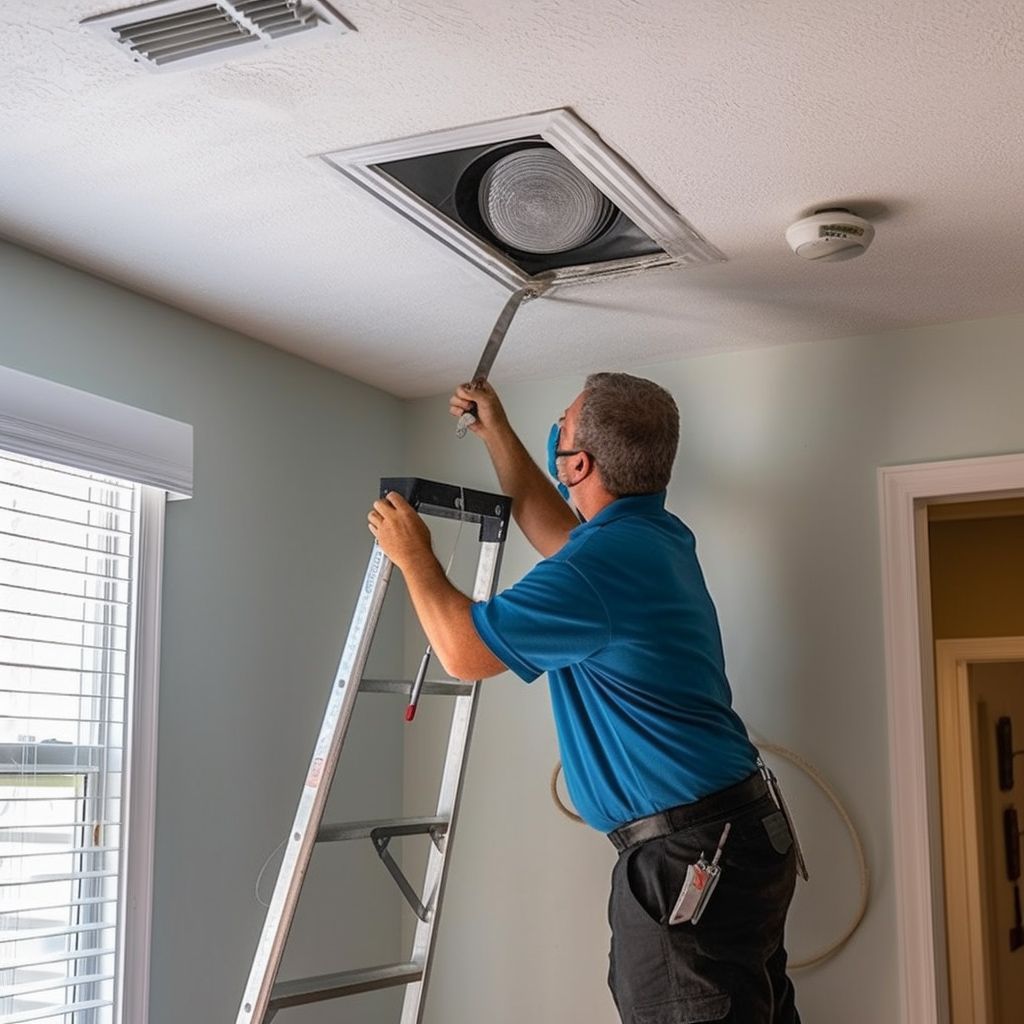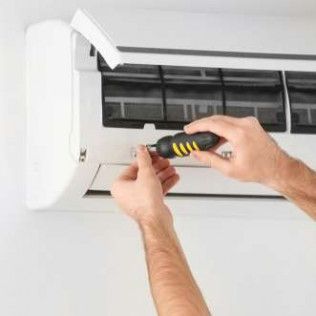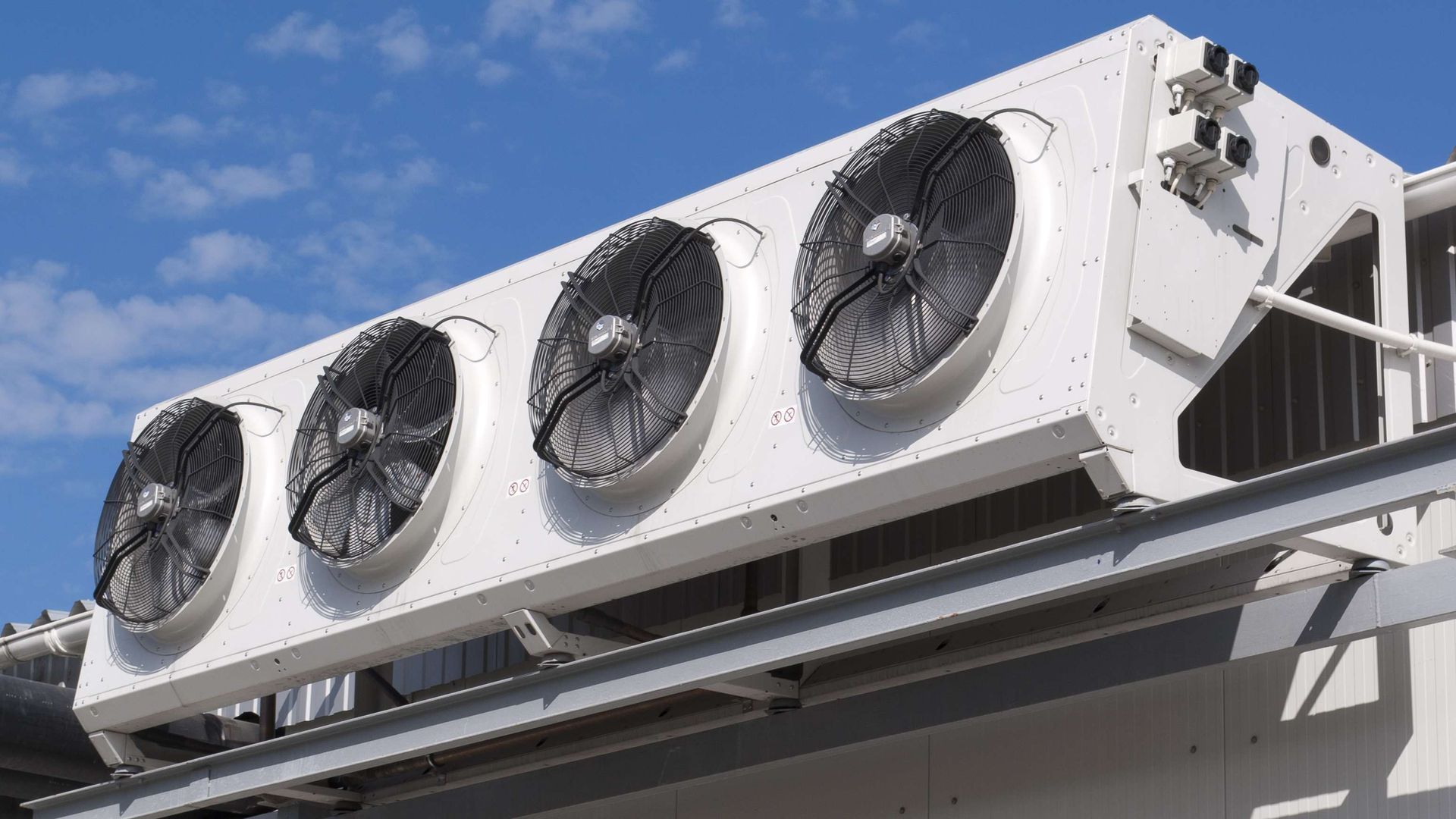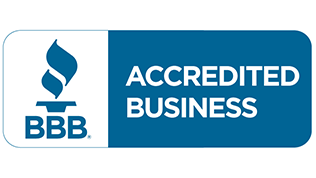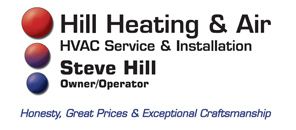
Furnace Problems: Common Issues and How to Diagnose Them
Furnace problems can quickly turn into a major hassle, especially in winter. When your furnace stops working, it's more than just annoying—it can be a safety risk. Understanding common issues and knowing how to diagnose them can save you time and money.
In this blog, we’ll cover the most frequent furnace problems, guide you through diagnosing them, and help you decide when it’s time to call a professional. Our goal is to make this process clear and easy to follow so you can keep your home warm and safe.
10 Most Common Furnace Problems
When your furnace isn't working as it should, it’s usually due to one of these common issues. Here’s a quick rundown of the top 10 problems that homeowners face:
Furnace Won’t Turn On
This is often caused by a thermostat issue, a tripped circuit breaker, or an ignition problem.
Insufficient Heat Production
If your furnace is running but not producing enough heat, it could be due to a dirty air filter, a malfunctioning thermostat, or issues with the burners.
Frequent Cycling
If your furnace keeps turning on and off frequently, it might be due to a clogged filter, a malfunctioning thermostat, or improper airflow.
Noisy Furnace Operation
Strange noises like banging, rattling, or squealing usually indicate a mechanical problem, loose parts, or an issue with the blower motor.
Pilot Light or Ignition Problems
If the pilot light goes out frequently or the furnace struggles to ignite, it could be due to a faulty thermocouple, dirty burners, or a gas supply issue.
Thermostat Issues
Sometimes, the problem lies in the thermostat, which may not be calibrated correctly or could have wiring issues.
Blower Issues
If the blower runs constantly or doesn’t turn on, the problem could be a faulty limit switch or a malfunctioning blower motor.
Dirty or Clogged Filters
Dirty filters restrict airflow, causing the furnace to work harder, which can lead to overheating or inefficient operation.
Furnace Leaking Water
Water leaks around your furnace can be a sign of a clogged condensate line or a faulty humidifier.
Weak Airflow
If the furnace is running but the airflow is weak, it could be due to ductwork issues, a blocked vent, or a failing blower motor.
These issues cover the majority of furnace problems. Identifying which one you’re dealing with is the first step toward a solution.
Step-by-Step Guide to Diagnosing Furnace Problems
When your furnace isn’t working right, pinpointing the issue can feel overwhelming. Here’s a straightforward guide to help you diagnose common furnace problems:
Check the Thermostat
- Ensure it's set to "heat" and the temperature is set higher than the current room temperature.
- Replace the batteries if it's battery-operated.
- If the display is blank or unresponsive, there may be a wiring issue.
Inspect the Air Filter
- A dirty or clogged filter can restrict airflow, causing the furnace to overheat or shut down.
- Replace the filter if it’s dirty; this should be done every 1-3 months during heating season.
Examine the Circuit Breaker
- Check your electrical panel for a tripped breaker. Reset it if necessary.
- If the furnace keeps tripping the breaker, there might be an electrical problem that needs professional attention.
Listen for Unusual Sounds
- Banging, rattling, or squealing noises often signal mechanical issues or loose components.
- This could be related to the blower motor, belts, or other moving parts.
Check the Pilot Light or Ignition System
- If your furnace has a pilot light, make sure it’s lit. If it’s out, relight it following the manufacturer’s instructions.
- For newer furnaces with electronic ignition, listen for the clicking sound of the ignitor trying to light. If it’s silent or you hear repeated clicks without ignition, the ignitor may need replacement.
Inspect Ductwork and Airflow
- Check for any visible blockages or leaks in the ductwork that might be restricting airflow.
- Ensure vents are open and not obstructed by furniture or other items.
By following these steps, you can often identify the root of the problem. If you’re unsure or uncomfortable with any part of the process, it’s always a good idea to call a professional.
When and Who to Call for Furnace Problems
Sometimes, diagnosing and fixing furnace problems goes beyond DIY solutions. Knowing when to call a professional can save you from making the issue worse. Here’s when you should consider bringing in an expert:
Identifying Problems That Require a Professional
- Persistent Issues: If you’ve tried basic troubleshooting but the problem keeps coming back, it’s time to call a professional.
- Complex Repairs: Anything involving electrical components, gas lines, or major mechanical parts should be handled by a licensed technician.
- Safety Concerns: If you smell gas or suspect a carbon monoxide leak, evacuate your home immediately and contact your utility company or emergency services before calling an HVAC professional.
Types of Furnace Professionals
- HVAC Technicians: These are trained experts who specialize in heating, ventilation, and air conditioning systems. They can handle everything from routine maintenance to complex repairs.
- Specialized Furnace Repair Experts: Some professionals focus specifically on furnace systems, offering in-depth expertise for more challenging issues.
How to Choose the Right Professional
- Qualifications: Ensure the technician is certified and licensed to work on your type of furnace. Look for certifications like NATE (North American Technician Excellence).
- Reviews and Reputation: Check online reviews and ask for recommendations from friends or neighbors. A solid reputation is a good indicator of quality service.
- Experience and Specialization: Choose someone with experience working on your specific furnace model or brand. This can make the repair process faster and more efficient.
- Cost Estimates: Get a detailed cost estimate before any work begins. A reputable technician should provide clear pricing without hidden fees.
Knowing when to call a professional and how to choose the right one can make a significant difference in resolving furnace issues quickly and effectively.
How to Prevent Common Furnace Problems
Preventing furnace problems is often easier and cheaper than fixing them. Here are some practical tips to keep your furnace running smoothly:
Regular Furnace Inspections
- Schedule annual inspections with an HVAC technician before the heating season starts. They can identify potential issues early and ensure everything is in working order.
Changing Air Filters Frequently
- Replace your furnace’s air filter every 1-3 months, depending on usage and filter type. A clean filter ensures proper airflow and helps prevent overheating and system failures.
Scheduling Annual Professional Maintenance
- Beyond inspections, annual maintenance by a professional can extend the life of your furnace. This typically includes cleaning components, checking safety controls, and testing system performance.
Keeping Vents and Ducts Clean
- Ensure that all vents are open and unblocked by furniture, curtains, or other items. Additionally, have your ductwork inspected and cleaned periodically to remove dust, debris, and potential blockages that can reduce efficiency.
Monitor Thermostat Settings
- Keep your thermostat settings consistent and avoid frequent adjustments. Consider using a programmable thermostat to optimize heating schedules based on your lifestyle, which can reduce strain on the furnace.
Address Small Problems Early
- Don’t ignore minor issues like unusual noises or short cycling. Addressing these problems early can prevent more serious and costly repairs down the line.
Following these preventative measures can help you avoid many common furnace problems, ensuring your system runs efficiently and reliably throughout the heating season.
Conclusion
Keeping your furnace in good working order is essential for a warm and safe home, especially during the cold months. By understanding common furnace problems, knowing how to diagnose them, and recognizing when to call a professional, you can prevent minor issues from turning into major headaches. Regular maintenance and timely repairs will help your furnace last longer and work more efficiently.
If you’re experiencing any furnace issues or need expert advice, don’t wait until it’s too late. Hill Heating and Air in South Jordan and Salt Lake City is your go-to HVAC contractor for reliable service. Whether you need heating repair, heating installation, AC repair, or AC installation, Steve Hill and his team have the expertise to get the job done right.
With a reputation for exceptional customer service and top-quality workmanship, Hill Heating and Air is dedicated to keeping your home comfortable year-round. Serving areas from Provo to Ogden, UT, they offer prompt and efficient solutions tailored to your needs.
Contact Hill Heating and Air today to schedule your service and ensure your HVAC system is in top shape. Whether it’s routine maintenance or emergency repairs, you can trust them to deliver reliable solutions that exceed expectations.
Frequently Asked Questions About Furnace Problems
What is the most common cause of furnace problems?
The most common cause is a dirty or clogged air filter, which can restrict airflow and cause the furnace to overheat or shut down.
Can I fix my furnace on my own?
You can handle simple tasks like changing the air filter or checking the thermostat. However, complex repairs, especially those involving electrical or gas components, should be left to a professional.
How often should I have my furnace inspected?
It’s recommended to have your furnace inspected annually, preferably before the start of the heating season, to ensure it’s in good working condition.
How long do furnaces typically last?
With proper maintenance, most furnaces last between 15 to 20 years. Regular upkeep can help extend the lifespan of your system.
What should I do if my furnace starts making loud noises?
Loud noises often indicate a mechanical problem or loose parts. Turn off the furnace and call a professional to inspect and repair it.
How much does it cost to repair common furnace problems?
Repair costs can vary widely depending on the issue. Minor repairs might cost around $100 to $300, while more significant problems could range from $500 to $1,500 or more.
Contact Us
Contact Us
We will get back to you as soon as possible.
Please try again later.
HILL HEATING & AIR, LLC
South Jordan, UT 84095
CALL US
Phone: (801) 860-0655
HOURS | 24/7 AFTER HOURS AND WEEKENDS
- Mon - Fri
- -
- Sat - Sun
- Closed
HILL HEATING & AIR, LLC
Salt lake city , UT 84130 United States of America
CALL US
Phone: (801) 860-0655
HOURS | 24/7 AFTER HOURS AND WEEKENDS
- Mon - Fri
- -
- Sat - Sun
- Closed
Copyright © 2023 Hill Heating & Air, LLC, all rights reserved.

